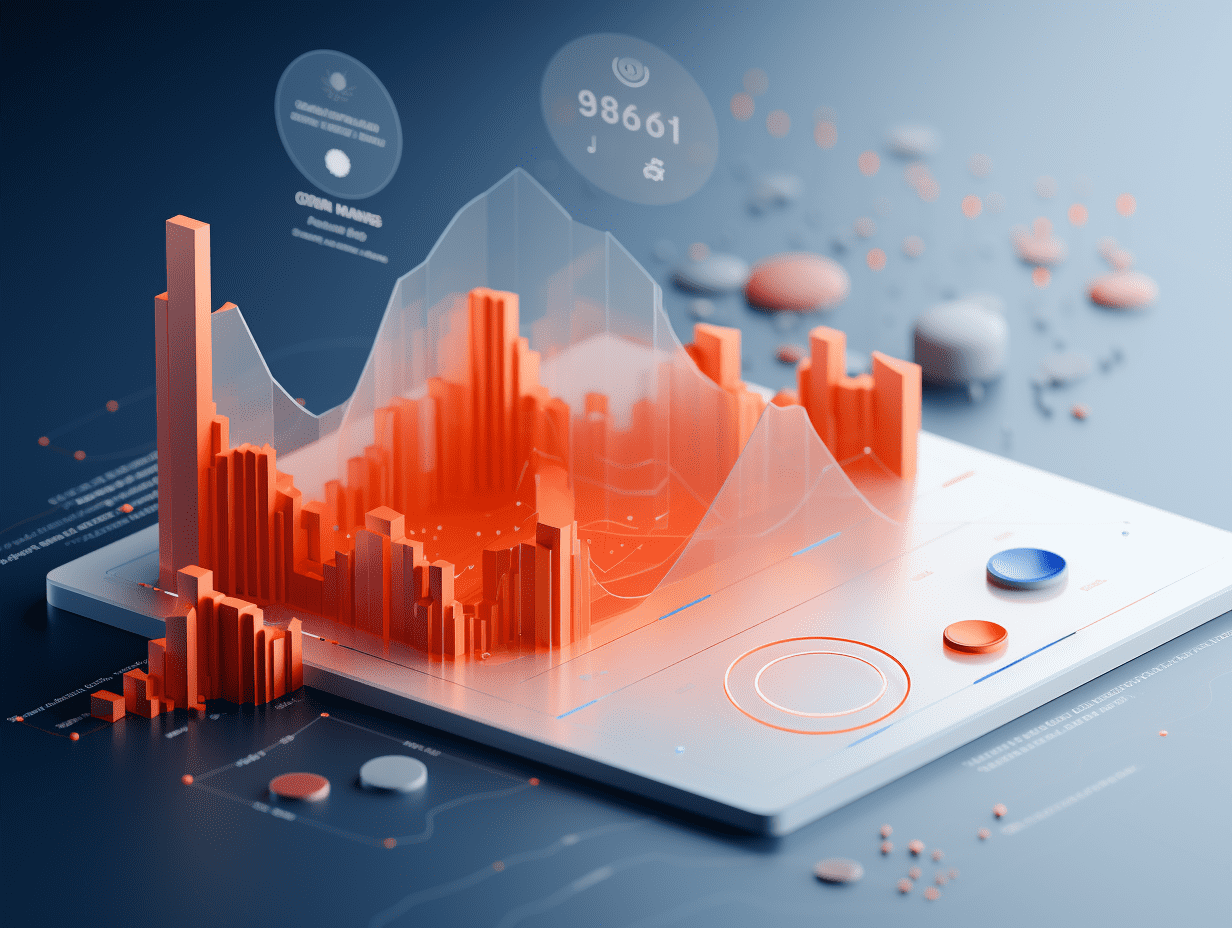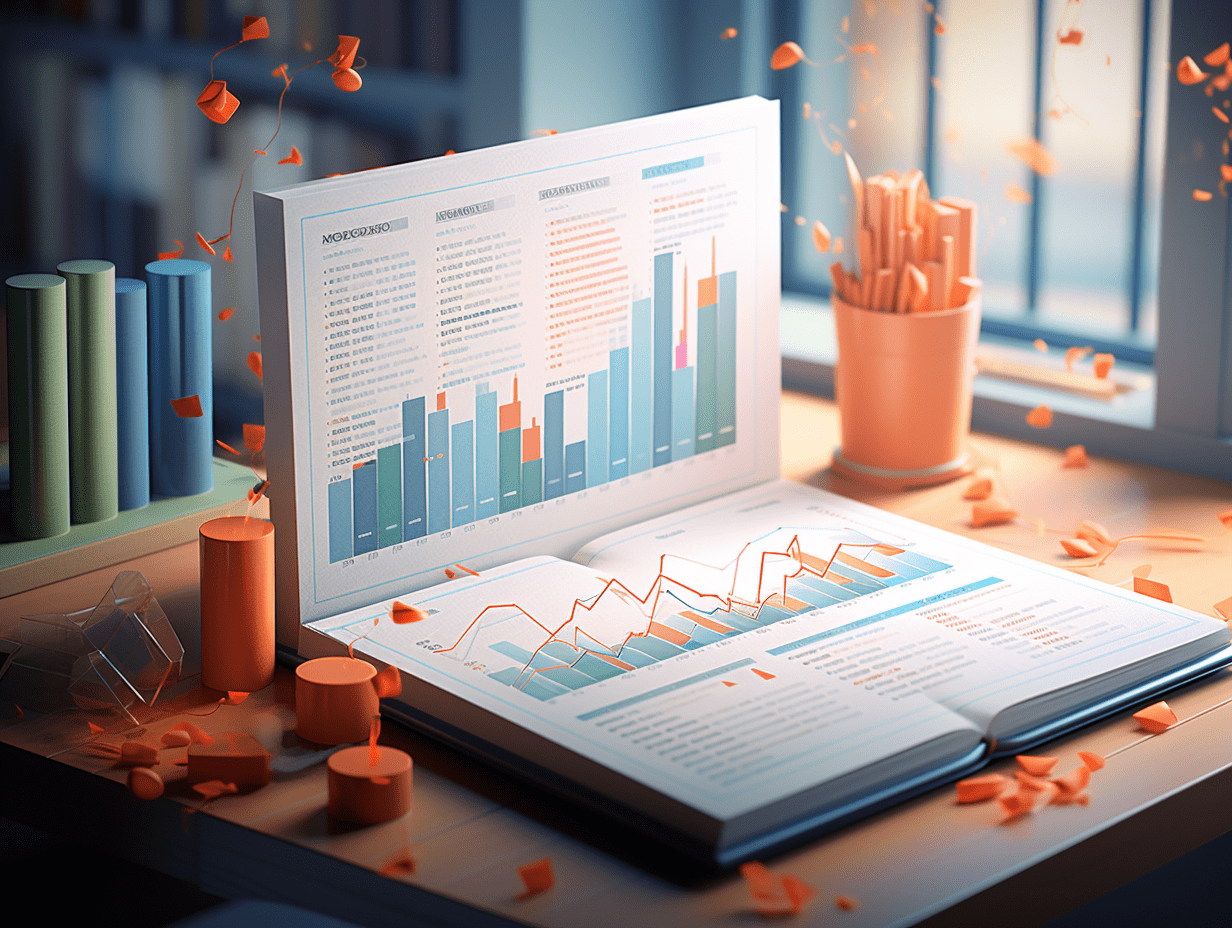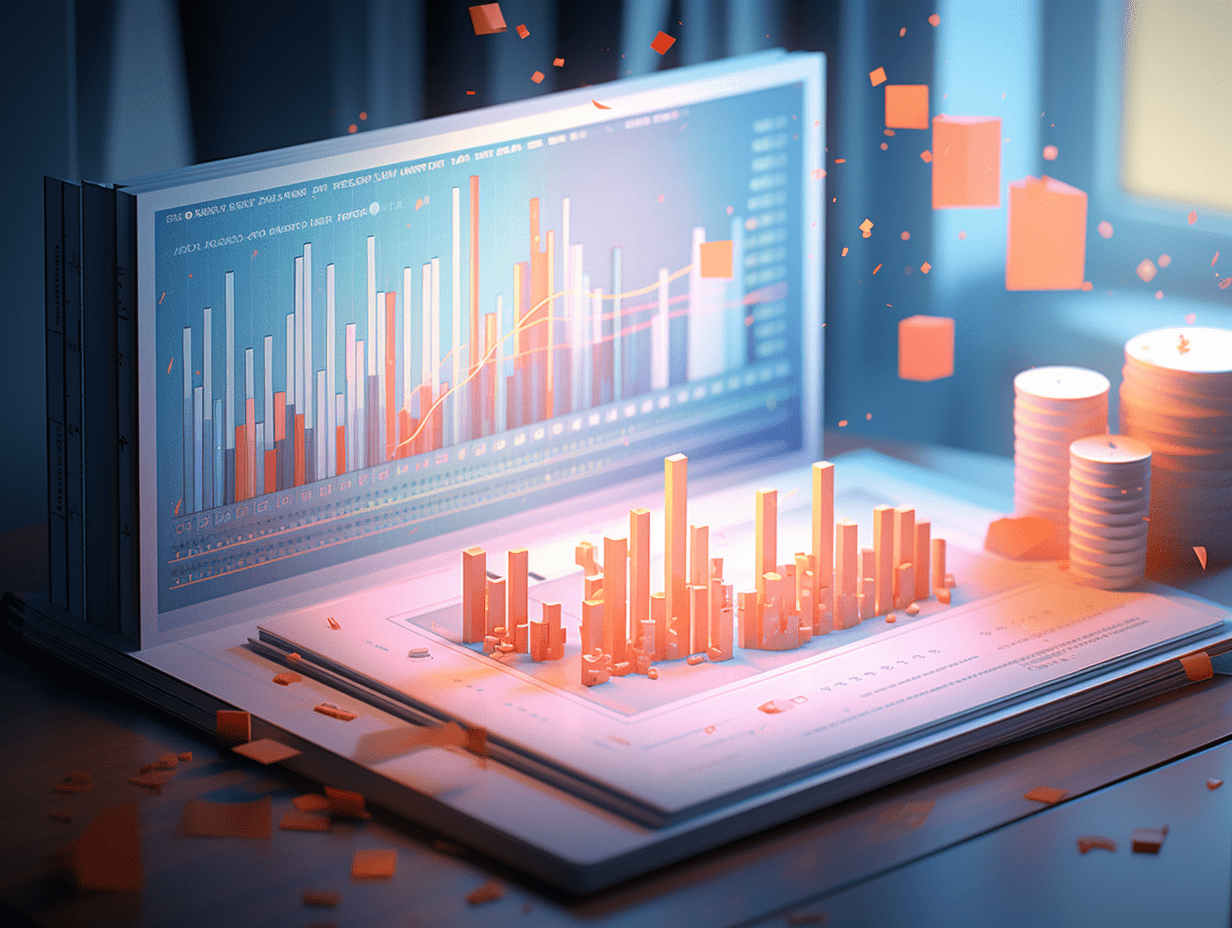All eyes are on it! 14 trading days that will determine the fate of the global stock market are here. The market is focused on AI, VIX, and the Federal Reserve's interest rate cut.
The fate of the global stock market until the end of this year depends on the next 14 trading days. With the "triple blow" of non-farm data, CPI, and the Federal Reserve interest rate decision, will this "super bull market" continue or derail?
In the coming weeks, the latest round of the "super bull market" in global stocks will become increasingly clear for top Wall Street strategists and major global investment institutions. The question of whether this bull market trend will continue or derail is on the minds of many.
Key events such as the US non-farm payroll report, crucial inflation data, the performance report of AI chip leader Broadcom Inc., and the Federal Reserve's monetary policy decision will be released in the next 14 trading days. This will set the tone for individual and institutional investors worldwide as they return to the market after the summer holiday. Additionally, under the calm surface, market volatility index suggests hidden currents of turbulence, as a "triple threat" of non-farm payrolls, CPI data, and Fed interest rate decisions could potentially trigger market volatility.
The benchmark US stock index, the S&P 500, which has hit record highs this year, recently recorded its weakest monthly growth since July 2024. September is historically the worst performing month for this index. Meanwhile, the Shanghai Composite Index in China has reached a ten-year high, becoming the true star of the global market this summer. Furthermore, the MSCI Global Stock Index, which has also hit record highs multiple times this year and is currently near its all-time high, indicates that the global stock market is at a critical crossroads. The data to be released in the next 14 trading days will be crucial for investors to predict market trends.
The US stock market is facing its most turbulent month of the year - historically, September has been the worst month for investment returns over the past thirty years.
As the momentous 14 trading days approach, volatility seems to have disappeared as the Cboe Global Markets Inc. Volatility Index (VIX, also known as the "fear index") has only exceeded the critical 20-point level once since the end of June. The S&P 500 index has not seen a 2% downward move in 91 consecutive trading days, setting a record for the longest duration since July 2024. The benchmark index hit another historical high of 6,501.58 points on August 28, rising 9.8% year-to-date and a staggering 30% surge since its low on April 8.
"Investors' cautious sentiment in September is correct," said Thomas Lee, market strategy research director at Fundstrat Global Advisors. "After a long period of inaction, the Fed is preparing to start another dovish rate-cutting cycle. However, the series of key data releases before the Fed's interest rate decision will significantly impact rate-cut expectations, making traders' position adjustments tricky."
Thomas Lee, the long-time stock market bull known as the "Wall Street Oracle," expects the S&P 500 index to fall by 5% to 10% in the fall and then rebound to between 6,800 and 7,000 by year-end, possibly surpassing the crucial milestone of 7,000 points.
A series of key data points are crucial for "AI faith" and rate-cut expectations.
Following the performance report of AI chip leader NVIDIA Corporation (NVDA.US) last week, another leader in the AI chip field, Broadcom Inc. (AVGO.US), with AI chip shipments second only to NVIDIA Corporation, will report its performance this Friday. Broadcom Inc. has single-handedly driven global chip stocks and a wide range of tech stocks to register significant gains this year, making its performance crucial for global investors' faith in AI and tech stock trends.
Broadcom Inc. is one of the core chip suppliers of Apple Inc. (AAPL.US) and other major tech companies. It is also a core supplier of AI data center Ethernet switching chips and custom AI ASICs critical for AI training/inference. Broadcom Inc., the dominant force in the AI ASIC field, has consistently strong performances over several quarters, indicating explosive growth in AI inference-side computing needs under DeepSeek's "ultra-low-cost AI large model computing paradigm" and concerns about "AI computing overcapacity" in the market.
With US tech giants investing heavily in AI, the biggest winners include not only NVIDIA Corporation but also AI ASIC giants such as Broadcom Inc., Marvell Technology, Inc., and Taiwan-based MediaTek. Companies like Microsoft Corporation, Amazon.com, Inc., Alphabet Inc. Class C, Meta, and even AI leader OpenAI are partnering with Broadcom Inc. or other ASIC giants to develop and deploy AI ASIC chips for massive inference-side AI computing. The expansion of the AI ASIC market share is expected to be significantly stronger than AI GPUs, leading to equally shared market dominance in the AI chip field, rather than the current situation where NVIDIA Corporation's AI GPU holds a market share of up to 90%.
The continuing surge in global AI computing demand, the massive investments in AI infrastructure led by the US government, and tech giants' continuous investment in building large data centers suggest that the "AI faith" sweeping global and US stock markets will not end for the leading AI computing companies such as NVIDIA Corporation, Taiwan Semiconductor Manufacturing Co., Ltd. Sponsored ADR, and Broadcom Inc., driving a "super catalyst" for stock price escalation and pushing global stock markets to continue the bull market trend.
It is the epic rise in stock prices of AI computing industry leaders such as NVIDIA Corporation, Alphabet Inc. Class C, Taiwan Semiconductor Manufacturing Co., Ltd. Sponsored ADR, and Broadcom Inc. along with their strong performances throughout the year that have fueled an unprecedented wave of AI investment frenzy in the US and global stock markets, driving the MSCI Global Index to surge significantly since April, recently hitting record highs.
Also, this Friday in Beijing time, the US non-farm payroll data will make its mark. On Thursday, the ADP employment data will be released. These two data points are crucial for market rate cut expectations, with the non-farm payroll potentially deciding whether the market will price in a rate cut of up to 50 basis points in September to kick off a new rate-cutting cycle. Economists currently expect job growth to be less than 100,000 for the fourth consecutive month, with employment expected to increase by only 75,000 in August, setting the stage for the softest employment numbers since 2020; the unemployment rate is also expected to rise slightly in August.
Earlier in early August, non-farm data showed an extremely weak US labor market scenario: companies added only 73,000 jobs in July, far below the expected figure of around 110,000; at the same time, the initial figure for employment in the previous two months was unexpectedly revised down by nearly 260,000, a record 90% downward revision. The latest unemployment rate has risen from 4.1% in June to 4.2%. This is the largest downward revision in two months since the peak of the COVID-19 pandemic in 2020, fundamentally changing people's views on the trajectory of the US labor market and the possibility of a "soft landing" for the US economy.
Goldman Sachs Group, Inc.'s strategist team stated that Fed Chair Powell has given the green light for a rate cut in September, but the August non-farm employment data will be a key factor in determining the size and pace of the rate cut. If job growth is less than 100,000, it will help cement the rate cut in September. Powell's comments at the Jackson Hole central bank annual conference, especially his emphasis on "downside risks to the labor market," can be seen as laying the groundwork for the Fed's pivot to rate cuts, echoing his high concern about the US labor market during the last Fed FOMC monetary policy meeting press conference.
The CPI and PPI reports to be released next week are likely to directly influence the Fed's monetary policy before its interest rate decision on September 18. If inflation, as expected by the market, remains weak, combined with ongoing soft non-farm data, a September rate cut is almost inevitable. However, if the non-farm data show unexpectedly strong labor market resilience and unexpected inflation spike, rate cuts in September and even for the remainder of the year could be in question. This is why financial giant Bank of America Corp (Bank of America) maintains a hawkish monetary policy expectation of no rate cuts this year.
The abnormal and calm VIX is cause for concern, signaling potential sudden large-scale sell-offs.
"Wall Street Oracle" Lee is not the only one skeptical about the short term. Some of the most optimistic bulls on Wall Street are increasingly concerned about the strange calmness in the face of seasonal weakness, releasing negative signals. They particularly worry that the abnormal and calm VIX trend could be a signal of sudden short-term volatility. Data compiled by Bloomberg shows that the average decline for the S&P 500 index in September over the past thirty years is 0.7%, with four out of the last five years having recorded monthly declines.
The major market catalyst will start with the monthly non-farm payroll report on Friday. In early August, this data became a global focus point: the US Bureau of Labor Statistics revised down the combined number of non-farm employment for May and June by nearly 260,000. This adjustment prompted a fierce criticism from US President Donald Trump, who fired the agency's top statistical official and accused them of manipulating data for political purposes.
Additionally, the Bureau of Labor Statistics will release revisions to the Current Employment Statistics (CES) establishment survey on September 9, which could further adjust market expectations for US non-farm job growth.
Subsequently, inflation data will take center stage next week: the Consumer Price Index (CPI) report will be released on September 11. On September 18, Beijing time, the Fed will announce its policy decision and quarterly interest rate expectations, followed by Fed Chair Powell's press conference. Investors will look for any clues Powell provides on the trajectory of interest rate expectations. Pricing in the derivatives market suggests a 90% probability of a rate cut at this meeting; by September 2026, derivative pricing shows expectations of up to 125 basis points of loose policy.
Following the interest rate decision, there will be a "Triple Witching," or the so-called "Triple Witching Day" in US stocks, where a large number of stock-related options will expire at the same time, potentially amplifying volatility.
There are many uncertainties to digest. However, traders seem surprisingly unfazed by this critical period of data and decisions. Stuart Kaiser, head of US equity trading strategy at Citigroup Global Markets, states that hedge funds and big speculators are shorting VIX at a pace not seen in three years, betting that market calmness will continue. The forward implied volatility on non-farm payroll data release day is only 85 basis points, indicating that the market is not pricing in this risk adequately.
The market risks are as tumultuous as ever.
The core issue lies in the fact that this calmness alongside extreme positioning has historically often signaled a surge in VIX volatility indicators. This was the case in February: the S&P 500 index peaked amid concerns over Trump's tariff plans, causing volatility to spike, catching professional traders who had been betting on maintaining low volatility in 2025 off guard. In July 2024, traders were similarly shorting VIX at extreme levels, only to have their strategy undone by the dismantling of the yen carry trade in August.
VIX rose to almost 16 last Friday, after hitting its lowest level since 2025 at one point, showing that this Wall Street "fear index" is still about 19% below its one-year average.
Of course, the expected rise in the S&P 500 index has fundamental reasons. Despite facing Trump's tariff measures, the US economy remains relatively resilient, especially with strong profit growth in US companies. Bank of America Corp's latest global fund manager survey shows that investors' bullishness on US stocks is at its highest since February, with cash levels at a historic low of 3.9%.
However, the rising S&P 500 index also raises concerns about its high valuation. The index is currently trading at 22x forward price-earnings ratio. Since 1990, the market has been only more expensive during the peak of the dot-com bubble and the tech frenzy after the COVID-19 pandemic in 2020.
"We are buyers of the big tech giants," said Tatyana Bunich, President and Founder of Financial 1 Tax. "But these stocks are very expensive right now, so we hold some cash and wait for any appropriate dip to increase our positions."
Another notable bull, Ed Yardeni, founder of Yardeni Research, questions whether the Fed will actually cut rates in September. If the rate cut does not materialize as expected, it will at least temporarily impact the stock market. His main concern lies in the persistent risks of inflation.
"I expect this stock market rebound to quickly stall," Yardeni said. "The market is prematurely digesting a lot of positives, and once the CPI shows overheating and job data is strong, traders may suddenly realize that a rate cut is not a done deal, leading to a brief sell-off. But when traders realize that the Fed cannot sustain rate cuts and the reason behind that is actually a good thing - a strong US economy, the stock market will resume its upward trend."
If job data unexpectedly shows strong resilience and if inflation indicators, while still above the Fed's anchored 2% target, do not exhibit a significant spike under tariff pressures, this will undoubtedly shape investors' "Goldilocks" expectations of a 'soft landing' for the US economy. The so-called "Goldilocks" US macroeconomic environment refers to an economy that is neither too hot nor too cold, maintaining moderate GDP and consumer spending growth along with long-term stable low inflation trends.
Related Articles

Federal Reserve Governor Waller advocates for a rate cut in September, while other officials remain cautious.

St. Louis Fed President: Current interest rates are at an appropriate level, policy should not excessively favor employment or inflation.

Q25006500
The performance of Q2 earnings of US stocks is impressive! HSBC raises year-end target for the S&P 500 to 6500 points.
Federal Reserve Governor Waller advocates for a rate cut in September, while other officials remain cautious.

St. Louis Fed President: Current interest rates are at an appropriate level, policy should not excessively favor employment or inflation.

Q25006500
The performance of Q2 earnings of US stocks is impressive! HSBC raises year-end target for the S&P 500 to 6500 points.

RECOMMEND

“King of Phones in Africa” Faces Disruption as Xiaomi Surges and Transsion Slows
03/09/2025

Global Government Bond Sell-Off Pushes U.S. 30-Year Treasury Yield Back to 5% – What’s Driving the Move?
03/09/2025

Gold Climbs Above $3,600 to Record High as Central Bank Holdings Exceed U.S. Treasuries for First Time in 30 Years
03/09/2025


